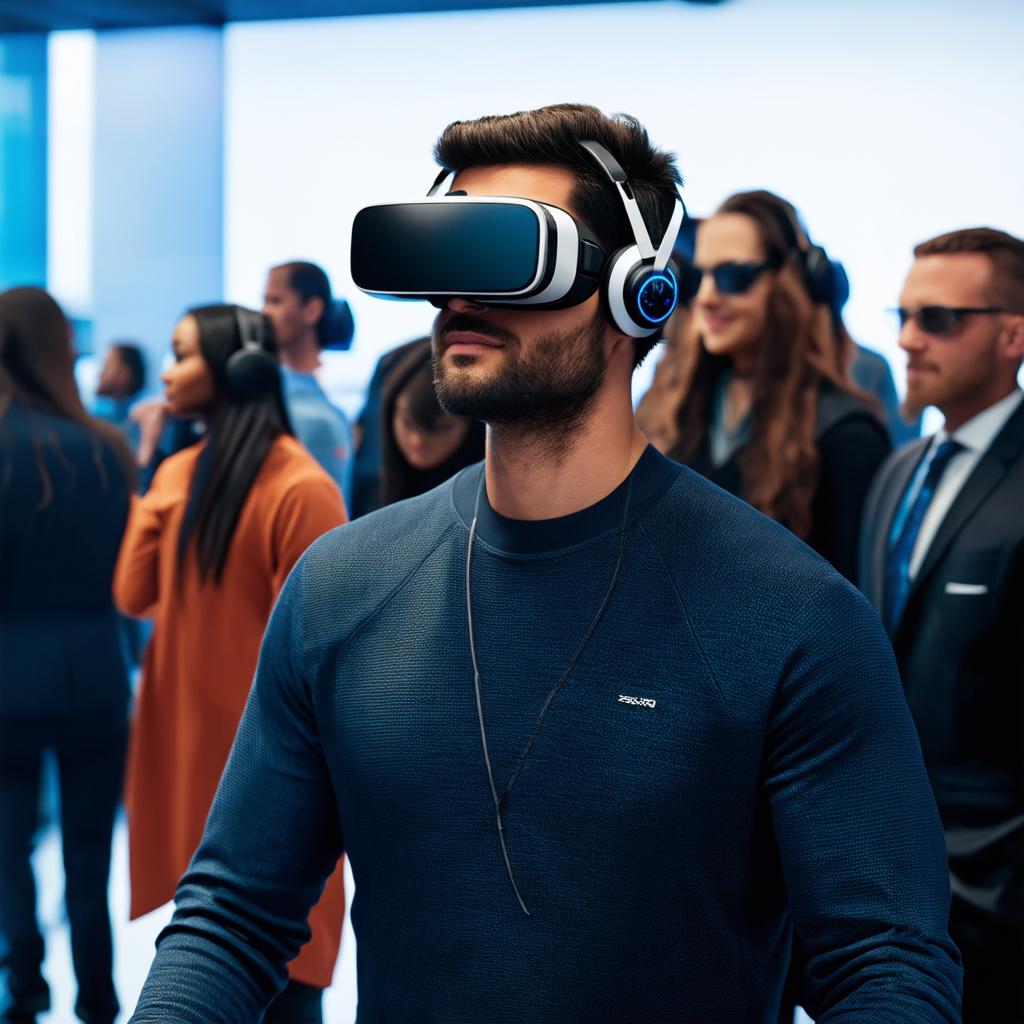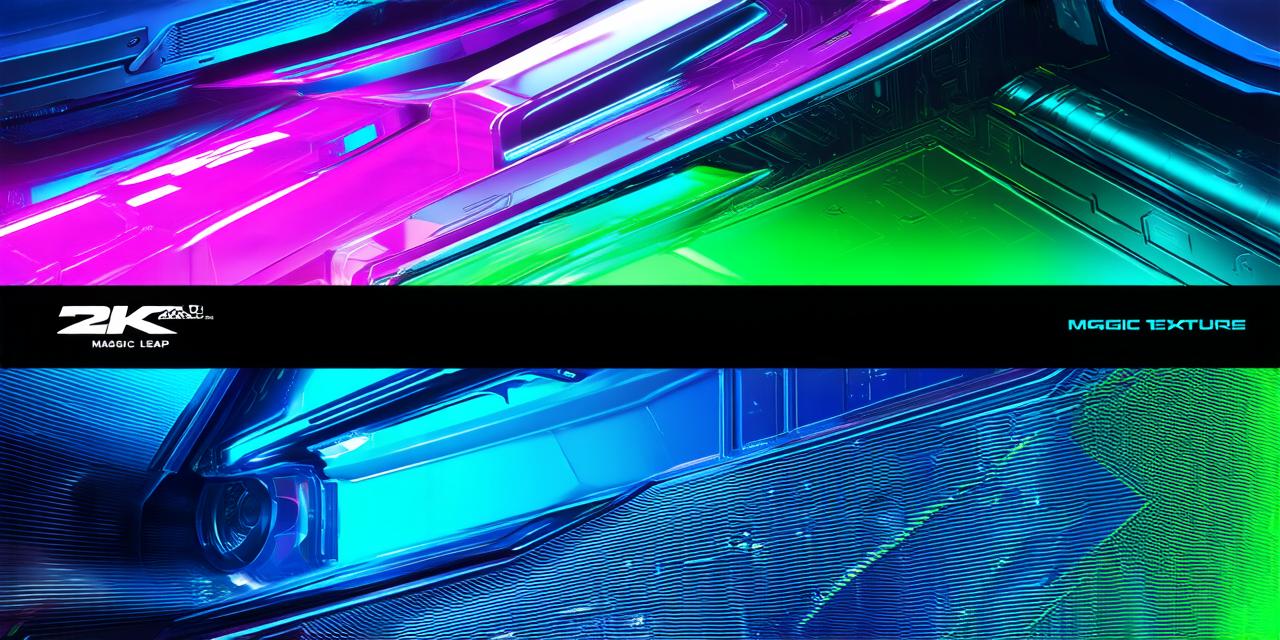Virtual reality (VR) is a technology that creates an immersive experience by simulating a 3D environment that surrounds the user. Passthrough virtual reality (PVR), on the other hand, allows users to see the real world while also experiencing virtual objects and environments in real-time. Magic Leap 2 is a specific type of PVR system that uses augmented reality (AR) technology to overlay digital content onto the real world.
One of the main differences between Magic Leap 2, VR, and PVR lies in their level of immersion. VR creates a completely artificial environment that the user must enter and interact with using specialized devices such as headsets and controllers. PVR allows users to see both the real world and virtual content simultaneously, but the virtual content is not fully immersive and may be seen through the device used to create it. Magic Leap 2 takes this a step further by using AR technology to overlay digital content onto the real world in real-time.
Another key difference between the three technologies lies in their intended use cases. VR is often used for gaming, education, and training purposes, while PVR is commonly used for remote collaboration, visualization, and design. Magic Leap 2 is specifically designed for professional use in fields such as architecture, engineering, and manufacturing, where the ability to visualize complex designs and processes in real-time can greatly improve efficiency and productivity.
In terms of hardware requirements, VR systems typically require powerful computers or gaming consoles to generate and render virtual content, while PVR systems may only require a standard laptop or desktop computer with a video display. Magic Leap 2 requires specialized hardware that includes a headset, motion controllers, and a software development kit (SDK).

In summary, the main differences between Magic Leap 2, VR, and PVR lie in their level of immersion, intended use cases, and required hardware. While VR is fully immersive and often used for gaming, PVR allows users to see both the real world and virtual content simultaneously and is commonly used for remote collaboration and design. Magic Leap 2 uses AR technology to overlay digital content onto the real world and is designed for professional use in fields such as architecture, engineering, and manufacturing.
